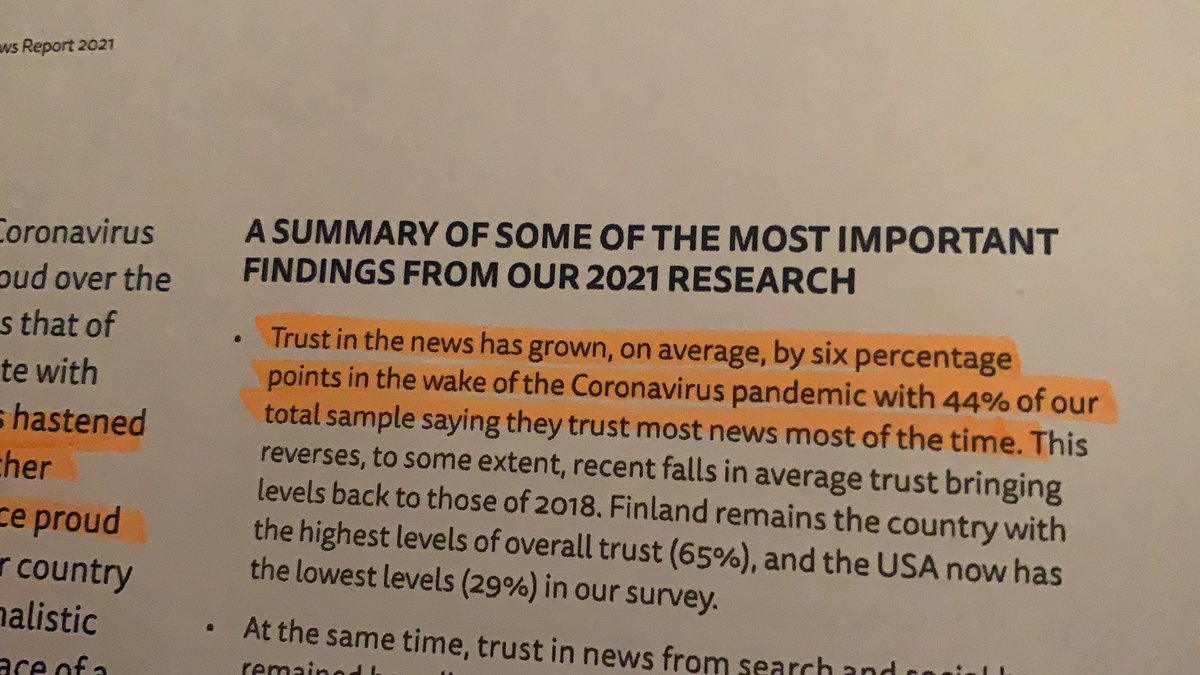Sam Jose
4:57
4:59
5:01
5:02
5:03
5:05
5:06
5:07
5:09
5:09
5:10
5:13
5:14
5:14
5:16
5:18
5:21
5:22
5:22
5:23
5:24
5:25
5:27
5:30
5:33
5:34
5:37
5:38
5:42
5:44
5:46
5:47
5:51
5:51
5:52
Connecting…




